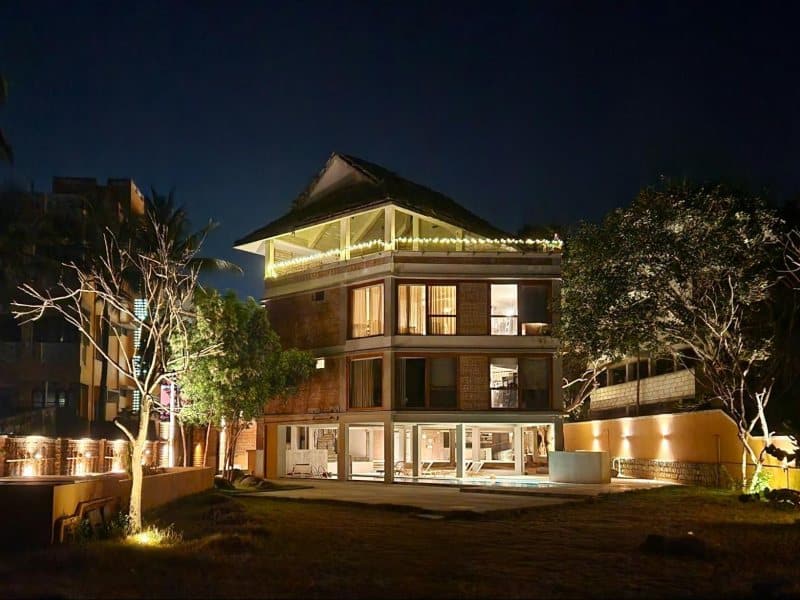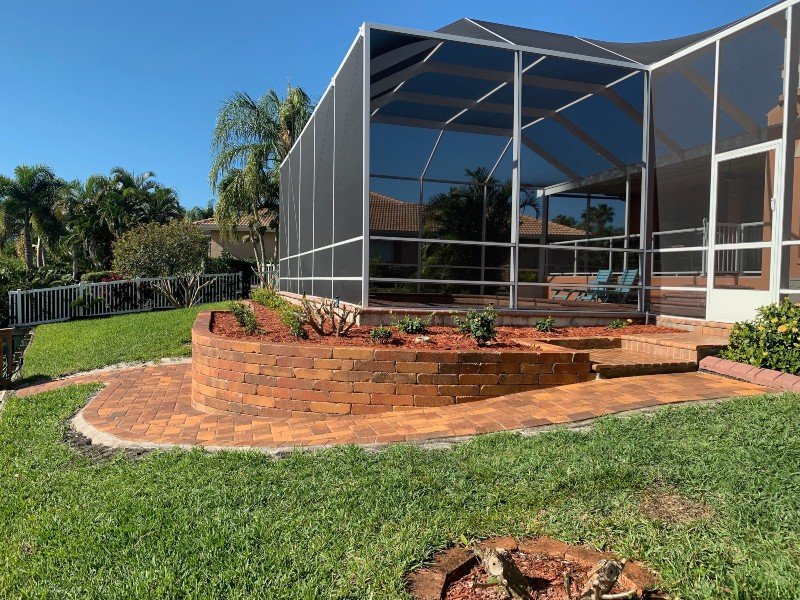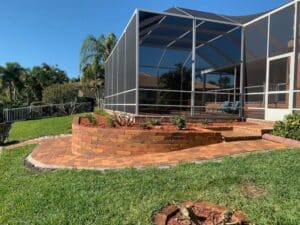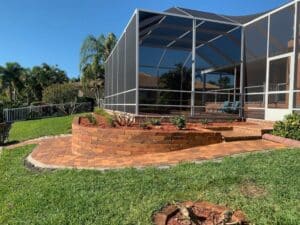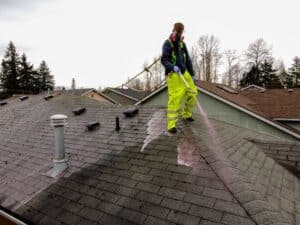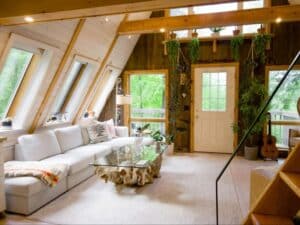Landscape lighting is more than just a way to illuminate your yard—it’s an opportunity to enhance your home’s curb appeal, improve safety, and create a warm and inviting outdoor space. However, choosing the right lighting can be overwhelming, with countless options in style, function, and technology. Here’s a comprehensive guide to help you select the best landscape lighting for your yard.
Understand Your Goals
Before diving into the specifics, think about why you want to add landscape lighting. According to our friends at Xcellent Xteriors, some of these common goals include:
- Enhancing Aesthetics: Highlighting architectural features, garden beds, or water features.
- Improving Safety: Illuminating pathways, stairs, or driveways to prevent trips and falls.
- Boosting Security: Deter intruders by lighting up dark areas around your property.
- Extending Usability: Creating a cozy atmosphere for outdoor entertaining after dark.
Once you define your objectives, you’ll have a clearer idea of the type and placement of lights that will best suit your needs.
Evaluate Your Yard’s Features
Take a walk around your yard at night to identify areas that need lighting. Key elements to consider include:
- Pathways and Driveways: Ensure these areas are well-lit for safe navigation.
- Architectural Features: Highlight unique elements of your home, like columns, brickwork, or entryways.
- Gardens and Plants: Showcase trees, shrubs, or flower beds to add depth and beauty.
- Water Features: Use lighting to emphasize fountains, ponds, or pools.
- Seating Areas: Add a warm glow to patios, decks, or gazebos to create inviting spaces.
Understanding the layout and features of your yard will guide your lighting choices and placement.
Choose the Right Types of Landscape Lighting
Different types of landscape lighting serve unique purposes. Here’s a breakdown of popular options:
Path Lights
- Purpose: Illuminate walkways, driveways, or garden paths.
- Design: Typically low to the ground and available in various styles to blend with your landscape.
- Placement: Install them evenly along paths, but avoid placing them too close together to prevent a runway effect.
Spotlights and Uplights
- Purpose: Highlight specific features like trees, statues, or architectural details.
- Design: Adjustable fixtures that direct light upward or downward.
- Placement: Position them at the base of the feature you want to emphasize, experimenting with angles for the best effect.
Floodlights
- Purpose: Provide broad illumination for large areas or increase security.
- Design: Bright, wide-beam lights often used to light up backyards or driveways.
- Placement: Mount on walls, trees, or poles to cover desired areas.
String Lights
- Purpose: Add ambiance to outdoor spaces like patios or decks.
- Design: Strands of small lights available in various styles, from classic bulbs to fairy lights.
- Placement: Drape them across pergolas, fences, or seating areas for a festive touch.
Well Lights
- Purpose: Create subtle lighting for trees, walls, or garden features.
- Design: In-ground fixtures that blend seamlessly with your landscape.
- Placement: Bury them at the base of trees or features to provide an upward glow.
Step and Deck Lights
- Purpose: Improve safety by illuminating stairs and decking.
- Design: Low-profile lights built into steps or deck surfaces.
- Placement: Install along the edges of steps or around seating areas.
Consider Lighting Styles and Finishes
The style and finish of your lighting fixtures should complement your home’s aesthetic. For example:
- Modern Homes: Opt for sleek, minimalist designs with finishes like black, silver, or stainless steel.
- Traditional Homes: Look for ornate fixtures with bronze or copper finishes to add elegance.
- Rustic Homes: Choose earthy finishes like weathered wood or rusted metal for a natural feel.
Selecting fixtures that align with your home’s architecture ensures a cohesive look.
5. Prioritize Energy Efficiency
Energy-efficient lighting options not only reduce your electricity bill but also minimize your environmental impact. Consider these energy-saving options:
LED Lights
- Consume up to 80% less energy than traditional bulbs.
- Last longer, reducing the need for frequent replacements.
- Available in various brightness levels and color temperatures.
Solar Lights
- Powered by sunlight, making them eco-friendly and cost-effective.
- Ideal for areas with ample sun exposure during the day.
- May not be as bright or reliable in shaded areas or during cloudy weather.
LED and solar lights are excellent choices for homeowners looking to combine efficiency with performance.
Opt for Smart Lighting Technology
Smart landscape lighting systems allow you to control your outdoor lights remotely using a smartphone or voice commands. Benefits include:
- Customization: Adjust brightness, color, and timing to suit your preferences.
- Convenience: Schedule lights to turn on or off automatically.
- Integration: Connect with other smart home devices for seamless automation.
Smart lighting adds convenience and enhances the functionality of your outdoor spaces.
Focus on Durability and Weather Resistance
Outdoor lights must withstand the elements, so prioritize fixtures made from durable materials like aluminum, stainless steel, or brass. Look for features like:
- Waterproofing: Ensure lights are rated for outdoor use with adequate protection against rain and moisture.
- UV Resistance: Choose fixtures with UV-resistant finishes to prevent fading or cracking.
- Temperature Tolerance: Opt for lights designed to perform in extreme weather conditions.
Durable, weather-resistant lighting ensures longevity and reduces the need for frequent replacements.
Plan Your Budget
Landscape lighting costs can vary widely depending on the type and scope of your project. Consider:
- Fixture Costs: Simple solar lights may cost a few dollars each, while high-end LED fixtures or custom designs can be significantly more expensive.
- Installation Costs: Professional installation adds to the budget, especially for hardwired systems.
- Maintenance Costs: Factor in bulb replacements or cleaning over time.
Determine your budget early on to help narrow your options and avoid overspending.
Test Before Installation
Before finalizing your lighting plan, test different placements and angles. Use temporary fixtures or a flashlight to experiment with lighting effects at night. This allows you to:
- Identify dark spots or areas that need more light.
- Adjust angles to reduce glare or light pollution.
- Ensure your design meets your aesthetic and functional goals.
A little experimentation can go a long way in achieving the perfect lighting setup.
Conclusion
Choosing the best landscape lighting for your yard involves balancing functionality, style, and efficiency. By understanding your goals, evaluating your yard’s features, and exploring the latest lighting options, you can create an outdoor space that’s as beautiful as it is practical. Whether you’re highlighting a garden, improving safety, or setting the mood for evening gatherings, the right lighting will transform your yard into an inviting oasis after sunset.

